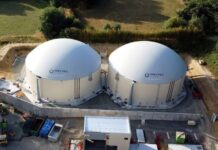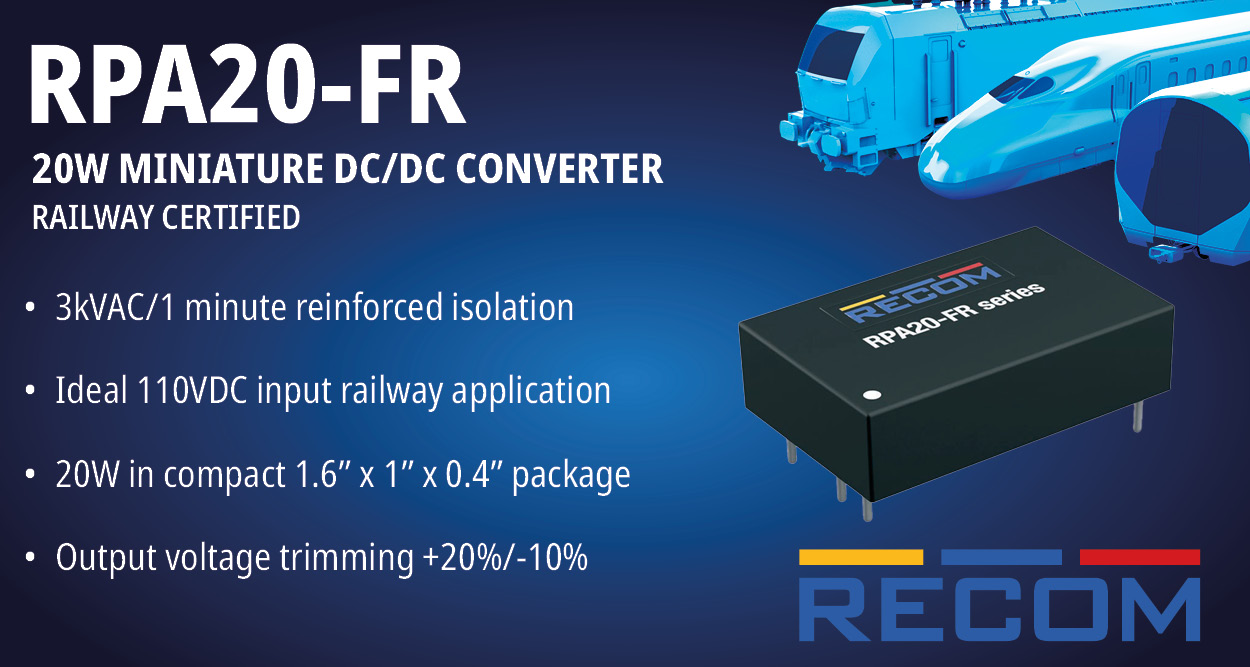As the global energy landscape continues its transformative journey toward sustainability, the photovoltaic (PV) inverter market has emerged as a cornerstone of the solar energy ecosystem. According to recent industry projections, the PV inverter market is expected to exceed USD 90 billion by 2034, signaling robust growth fueled by increasing solar installations, government incentives, and advancements in inverter technology.
This article explores the factors driving this remarkable growth, the evolving technological trends, regional market dynamics, and future outlook for the PV inverter industry.
Understanding PV Inverters and Their Importance
A PV inverter (or solar inverter) plays a critical role in any solar power system. It converts the direct current (DC) electricity generated by solar panels into alternating current (AC) electricity, which can be used by household appliances, businesses, and fed into the electrical grid.
Beyond power conversion, modern inverters also offer grid support functionalities, remote monitoring, fault detection, and even smart energy management. As the world shifts toward distributed energy systems and smart grids, the role of inverters is expanding significantly.
Market Growth Drivers
1. Rising Demand for Renewable Energy
Global commitment to reducing carbon emissions and dependence on fossil fuels has accelerated the adoption of solar photovoltaic systems. Countries across continents are implementing large-scale solar projects to meet their climate targets under frameworks like the Paris Agreement.
With every solar panel installation comes the need for an inverter, thus making PV inverters indispensable. The larger the solar capacity, the greater the need for high-quality, efficient, and reliable inverters.
2. Government Incentives and Regulatory Support
Governments worldwide are offering a range of incentives to promote solar energy, including:
- Feed-in tariffs (FiTs)
- Investment tax credits (ITC)
- Net metering policies
- Subsidized solar loans
These policies not only encourage residential and commercial adoption of solar systems but also drive utility-scale deployments, significantly boosting demand for PV inverters.
3. Technological Advancements
The evolution of inverter technology has played a key role in market expansion. From basic string inverters to smart hybrid inverters, innovations now allow:
- Higher energy efficiency (up to 98.5%)
- Better performance in partial shading conditions
- Battery integration for energy storage
- Real-time data monitoring via apps
Moreover, the integration of artificial intelligence (AI) and Internet of Things (IoT) capabilities is transforming inverters into intelligent energy managers, adding value to end-users and utilities alike.
4. Growth in Distributed Generation and Microgrids
With a growing emphasis on energy independence and decentralized power systems, residential and community-level solar installations are on the rise. These distributed energy setups rely heavily on microinverters and hybrid inverters for seamless integration with the grid or off-grid systems, expanding the inverter market footprint.
Segmental Insights
1. By Type
- String Inverters currently dominate the market due to their cost-effectiveness and high efficiency in small to medium installations.
- Central Inverters are preferred for large-scale utility projects due to their high power output capabilities.
- Microinverters are gaining traction, especially in residential rooftops, for their module-level power optimization.
2. By Application
- Utility-Scale solar farms continue to account for the largest share due to massive investments and supportive regulations.
- Commercial & Industrial (C&I) applications are expanding rapidly, driven by the need for cost savings and sustainability goals.
- Residential segment growth is fueled by increasing awareness, rooftop solar programs, and rising electricity costs.
Regional Market Dynamics
Asia-Pacific: The Dominant Force
Asia-Pacific, led by China, India, and Japan, is the largest and fastest-growing market for PV inverters. China’s massive solar capacity additions and local manufacturing prowess place it at the center of this industry. India’s national solar missions and expanding rooftop segment further contribute to regional growth.
Europe: Focus on Grid Stability and Smart Inverters
European countries are heavily investing in smart grid infrastructure. Germany, Italy, and Spain lead the way in integrating smart inverters that support grid balancing and frequency regulation, aligning with their ambitious renewable targets.
North America: Technological Hub
The United States, particularly California and Texas, is seeing strong adoption of residential and commercial solar-plus-storage systems. Favorable policies like the Solar Investment Tax Credit (ITC) and net metering continue to boost the market. U.S.-based companies are also pioneering in advanced inverter technologies.
Middle East & Africa (MEA): An Emerging Frontier
While still in nascent stages, MEA is seeing growing solar activity, especially in countries like UAE, Saudi Arabia, and South Africa. Utility-scale projects in the desert regions offer huge opportunities for central inverters.
Key Players in the PV Inverter Market
Prominent companies leading the charge in this space include:
- Huawei Technologies
- Sungrow Power Supply Co.
- SMA Solar Technology
- Enphase Energy
- ABB Ltd.
- SolarEdge Technologies
- FIMER S.p.A.
- Delta Electronics
These companies are investing heavily in R&D to offer innovative inverter solutions that align with the evolving needs of the market.
Challenges to Address
Despite the strong growth outlook, the industry faces several challenges:
- Grid compatibility issues in areas with aging infrastructure
- High upfront costs for advanced inverter systems
- Supply chain volatility, particularly for semiconductor components
- Stringent regulatory approvals in certain markets
However, ongoing technological improvements and declining costs are expected to mitigate these concerns in the coming years.
Future Outlook: 2024 to 2034
The PV inverter market is set to undergo a profound transformation over the next decade. As inverter functionality evolves beyond simple power conversion to include energy storage, smart monitoring, and grid support, their value in the clean energy transition becomes even more vital.
Key future trends include:
- Widespread adoption of hybrid inverters with built-in storage management
- Increased software and AI integration for predictive maintenance
- Development of bi-directional inverters for Vehicle-to-Grid (V2G) applications
- Expansion of modular inverter designs for scalability in residential and commercial sectors
With solar becoming the cheapest form of electricity in many regions, the need for efficient and intelligent inverters will only grow. Crossing the USD 90 billion mark by 2034 is not just a milestone for the PV inverter industry—it’s a clear indicator of the world’s accelerating shift toward sustainable energy solutions.
Conclusion
The PV inverter market is riding the wave of the global clean energy revolution. With an expected valuation of over USD 90 billion by 2034, it stands as a testament to the growing reliance on solar power and the technologies that make it viable. As innovation and adoption continue to rise, PV inverters will remain at the heart of solar energy systems—powering homes, businesses, and entire cities with clean, efficient electricity.








![SMART ENERGY WEEK [September] 2025 to Lead Global Renewable Energy Advancements SMART ENERGY WEEK](https://timestech.in/wp-content/uploads/2025/07/Untitled-design-2025-07-31T112230.406-218x150.jpg)









